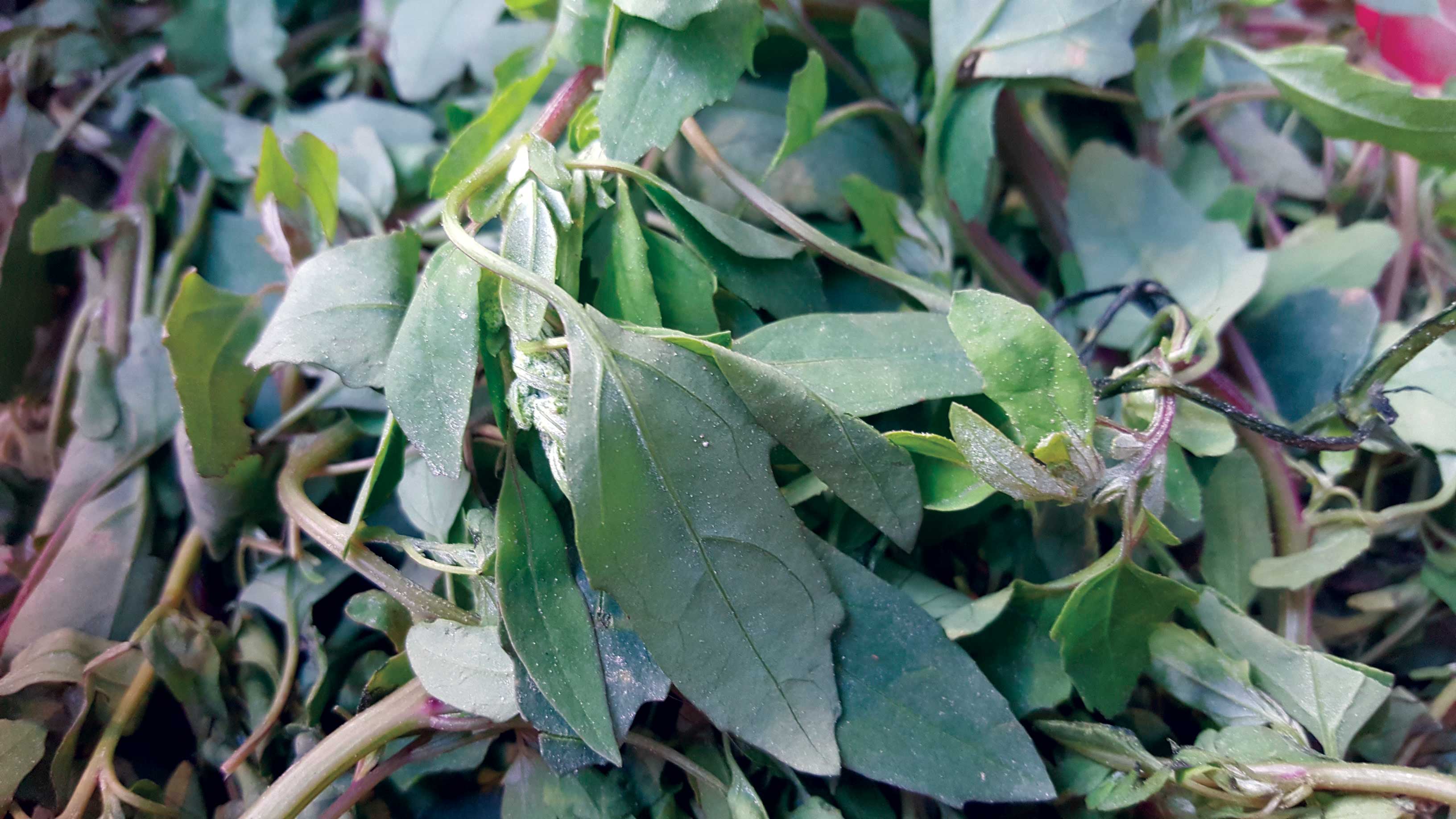When someone is angry, it is common for Nepalis to refer to the“Bhairab” aspect of the person. When Shiva, the destroyer, is angry he is depicted as Bhairab. The soldiers in the battle field or their battalions and garrisons are referred to as Bhairab and named accordingly as Bhairab Gana. At the doorway to temples and sacred spaces the guards are the various Bhairabs. During masked dances in the Kathmandu valley, the angry character will be the blue masked Bhairab. The Bhairab is not only depicted as ferocious and angry, he is also honest, dedicated and faithful. It must be with this in mind that the dog is regarded as the vehicle of Bhairab.
 In the Kathmandu valley, there are numerous big and small temples, monuments, statues and spaces dedicated to the Bhairab. The really big temples include the Bagh Bhairab of Kirtipur, the Tika Bhairab in southern Lalitpur, the Mahankal Bhairab on the edge of Tundikhel near Bir Hospital, the Akash Bhairab at Indra Chowk in the heart of Kathmandu, the Haya griva Bhairab temple at Bungamati and the huge Bhairab temple of Taumadi in Bhaktapur are just a few we see all the time.
In the Kathmandu valley, there are numerous big and small temples, monuments, statues and spaces dedicated to the Bhairab. The really big temples include the Bagh Bhairab of Kirtipur, the Tika Bhairab in southern Lalitpur, the Mahankal Bhairab on the edge of Tundikhel near Bir Hospital, the Akash Bhairab at Indra Chowk in the heart of Kathmandu, the Haya griva Bhairab temple at Bungamati and the huge Bhairab temple of Taumadi in Bhaktapur are just a few we see all the time.
At the old palace of Hanumandhoka we have the giant statue of Kal Bhairab (Kal means death). History tells us that when King Pratap Malla was building a conduit to bring water from Budhanilkantha to Hanumandhoka, the workers dug up this huge and beautifully crafted Licchavi period statue. The statue and the rituals of the Bhairab are of great significance to Nepalis because it is Kal Bhairab that prevented corruption for many centuries. Each year civil servant jobs, positions and authorities had to be renewed by the rulers in a ceremony called Pajani. The oath taking that followed the appointment took place in front of Kal Bhairab and each swore to the deity that if they lied, cheated, or stole, they were prepared to die a violent death at the hands of Bhairab. This is why the Kal Bhairab is also referred to as the Adalat (court) Bhairab. At the Pashupati temple, the priests were required to take the oath in front of the Unmatta Bhairab whose statue is located in the same complex.
Bhairab is also depicted in the valley during various festivals in the form of a mask with a huge alcohol vat attached behind it. A pipe delivers the alcohol to the “devotees” through the mouth of the Bhairab. In the valley these are referred to as Hatha dyo and the largest of these is the Sweta Bhairab at Hanumandhoka palace square. Normally the huge mask is locked up behind wooden latticed windows and is open to the public during the Indra Jatra festival. All across the routes along which the chariot of the living goddess is pulled, these masks and vats are placed on raised platforms and the various neighborhoods organize rice beer and alcohol for the public participating in the festival.
During the reign of King Narendra Deva, there was a severe drought in Nepal. Astrologers predicted that the rains were held back because Gorkhanath had trapped all the Nagas (serpent spirits) who were responsible for rain. They also advised the king that the only way to release the snakes was to bring Karunamaya (Machhendranath, Bunga dyo or Lokeshwor) the compassionate one to the valley from Kamini in Assam. The news of the Bodhisattva’s arrival in the valley would surely force Gorkhanath to come to greet his teacher and hence the Nagas would be free and the rain would come.
King Narendra Deva along with the Bajracharya priest, Bandudatta and local farmer, Ratan Chakra left for Kamarupa in present day Assam, to get Karunamaya who resided there as a young boy. The parents refused the request and overcame the three using supernatural powers. King Narendra Deva then called the four Bhairabs from the valley to help. Accordingly Harisiddhi Bhairab, Konde Bhairab, Lubtosanhara Bhairab and Londe Bhairab went to the rescue. They were able to “convince” the parents and city dwellers to let go of Karunamaya. As the story goes, the four Bhairabs then carried the boy towards Nepal.
The four wheels of the chariot that carries Karunamaya through Patan represent the four Bhairabs and the eyes painted on them have flaming eyebrows to depict the “ferocious ones”. The chariot festival of Karunamaya each year is a celebration of this living heritage. As the story goes, the parents again used supernatural powers and made the chariot so heavy that even the Bhairabs could not lift it. The priest then turned the young boy into a bumble bee and brought him the rest of the way in a sacred flask – Kalash. The long wooden beam which is used to steer the enormous structure represents the king of the Nagas and has the mask of Hayagriva Bhairab at the front.
Anil Chitrakar is a founding member of Kathmandu 2020 and
has launched Crafted in Kathmandu to help local artisans.
For comments e-mail: rosha@craftedinkathmandu.com
Why is Amrit Ratna Shakya Taking Machhendranath to Dubai?
Nepal is a country endowed with a rich cultural heritage and this is a fact known to all...










